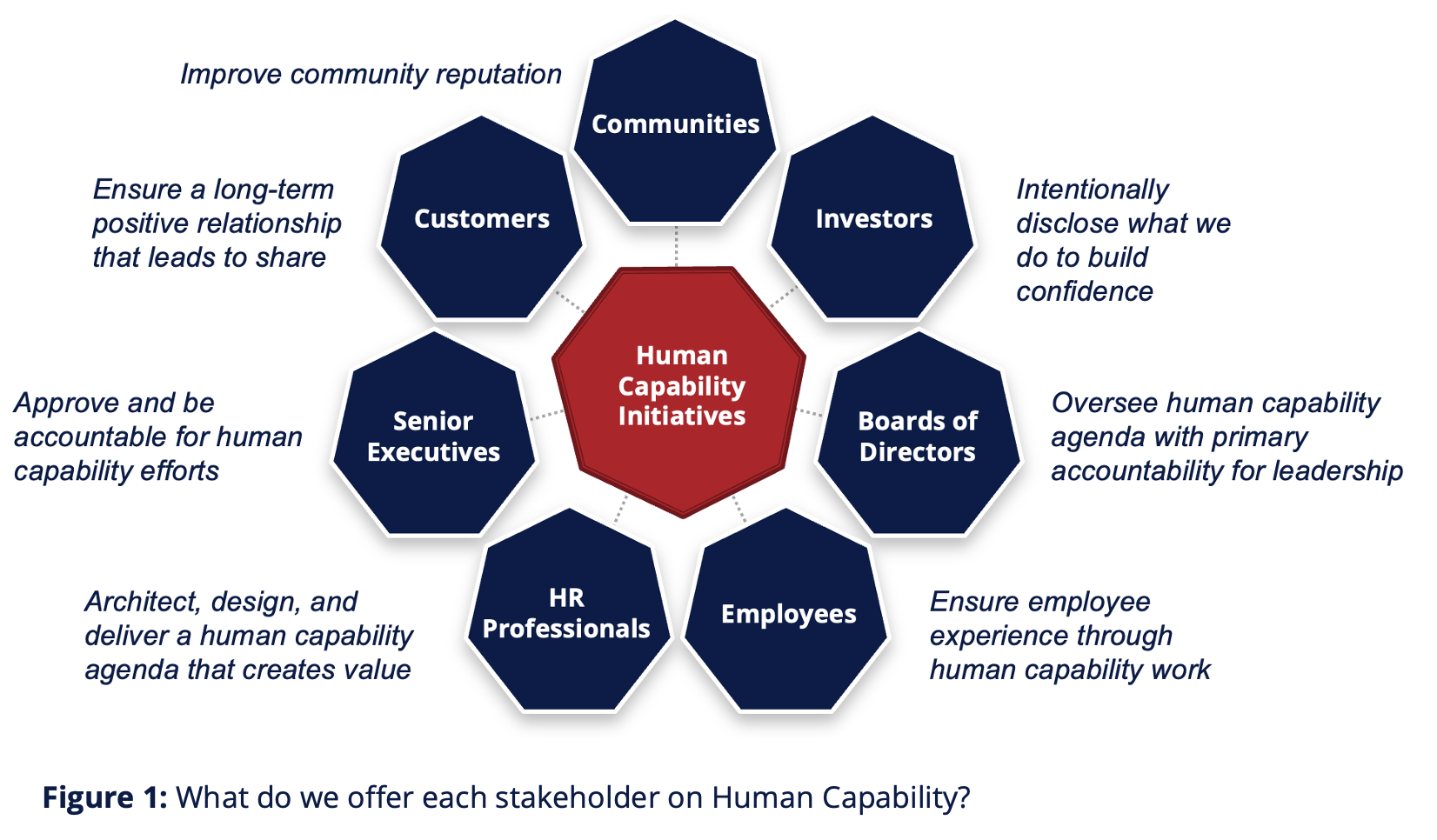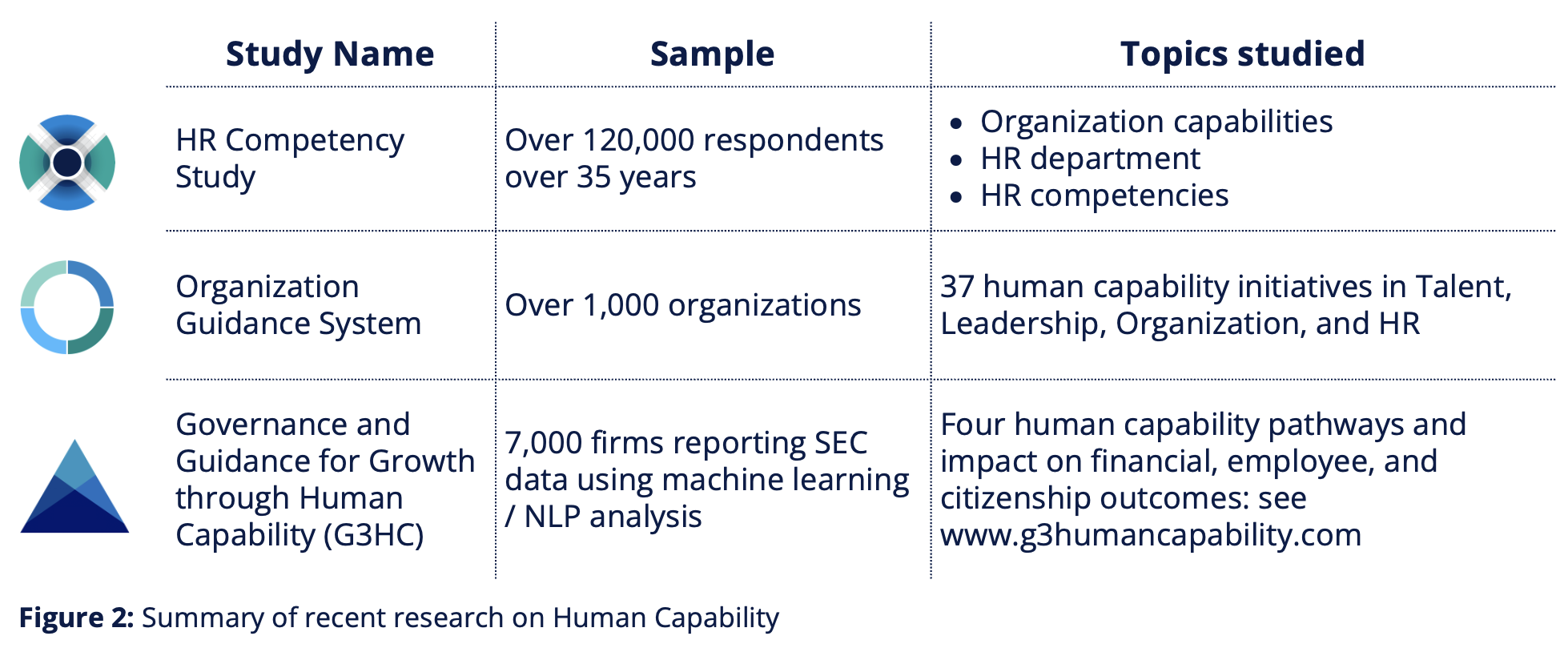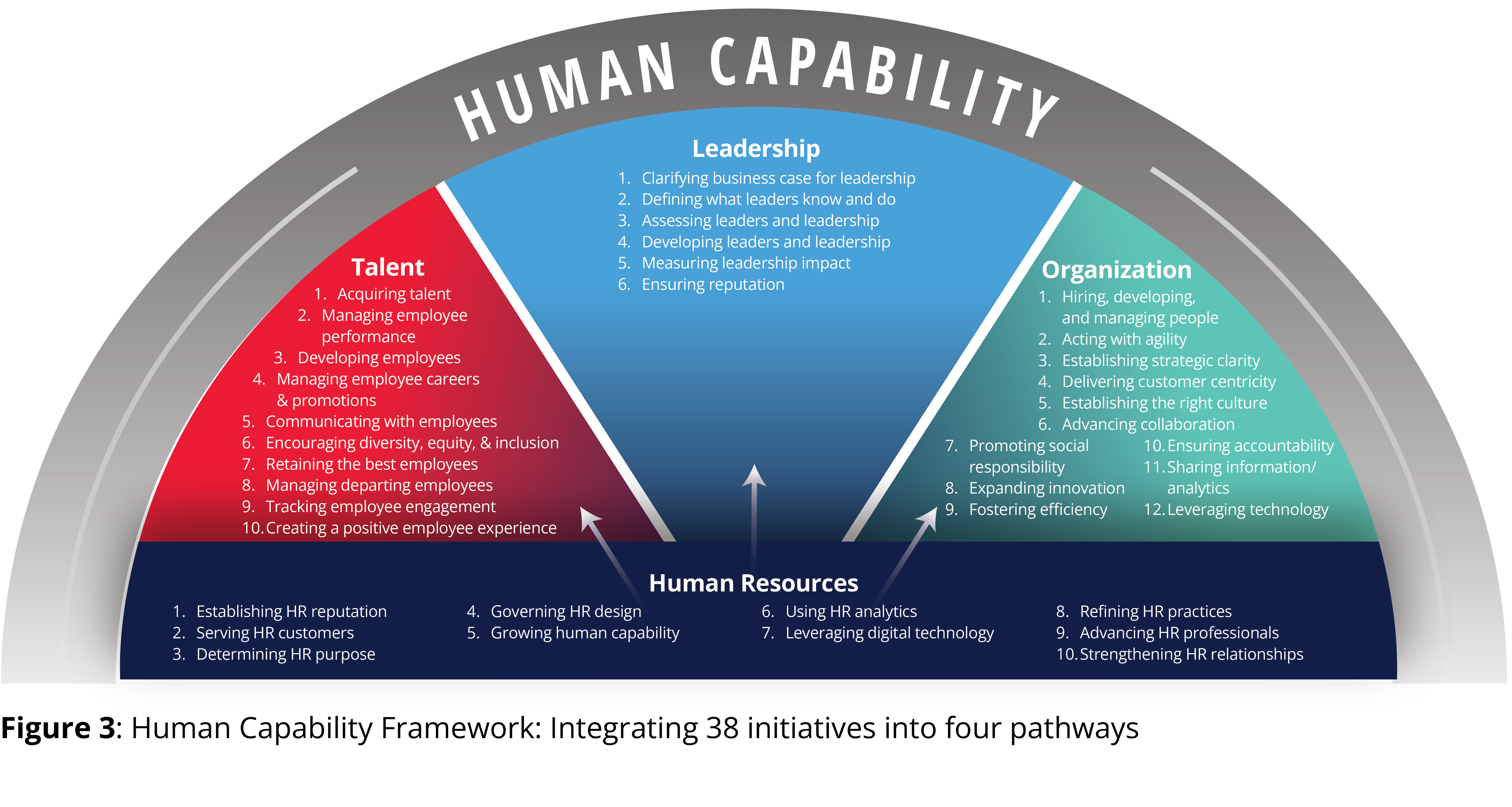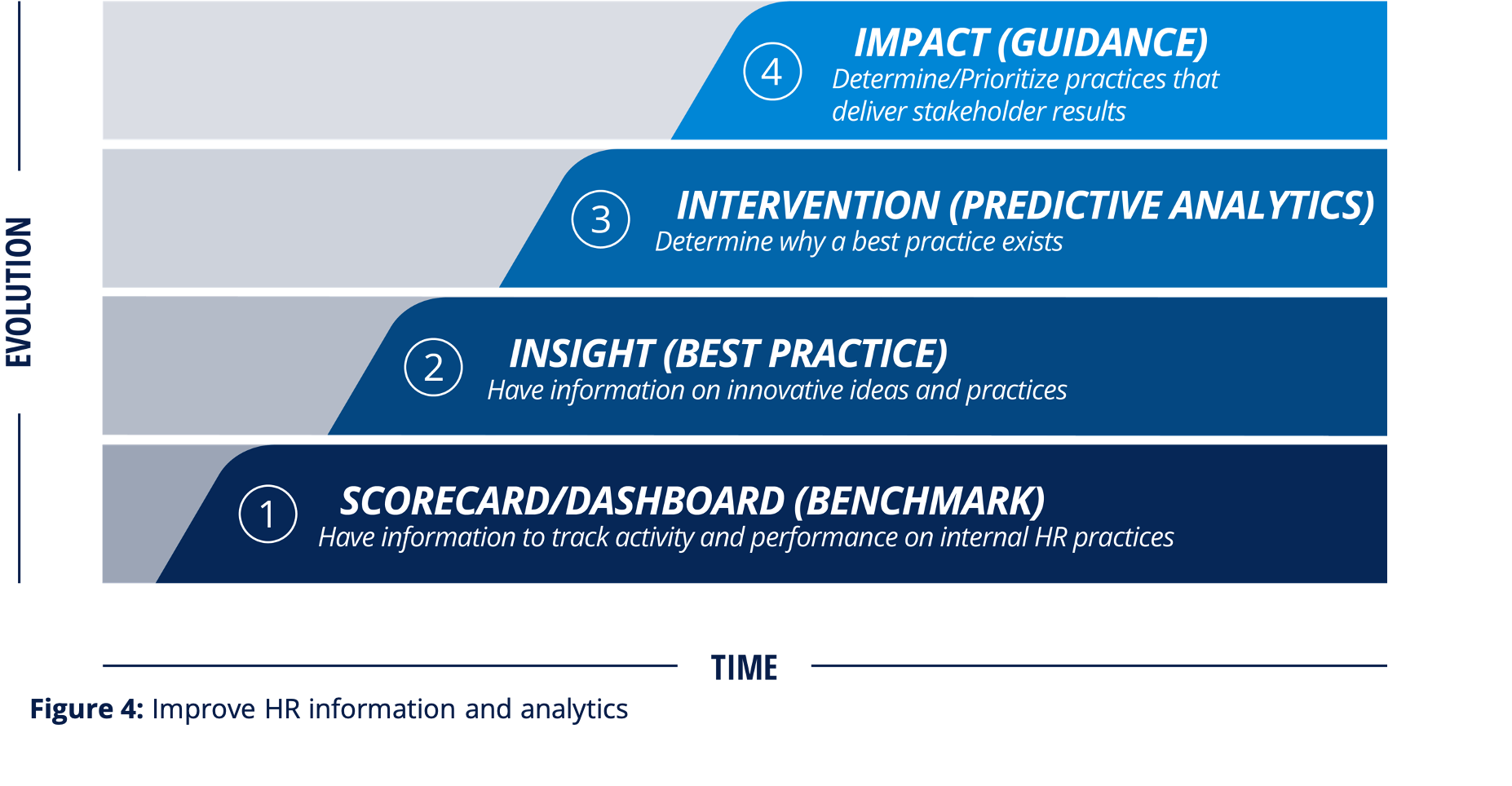Six Actions for HR to Create More Stakeholder Value
Key Takeaways:
- Companies need to define their point-of-view of HR and move from HR initiatives to an integrated human capability framework.
- Organization Guidance System provides prescriptive, high-impact guidance that identifies the most important human capability investments that will deliver an organization's desired target outcomes.
- Intentionally disclosing human capability information allows investors to more accurately invest in a management agenda.

Six Actions for HR to Create More Stakeholder Value

How much would you like to answer this question: How can HR create more value for all stakeholders?
Answering this question will enable you and your organization to:
- Make informed choices with actionable insights about where to prioritize your HR work.
- Intentionally share what you are doing, its impact, and improvement plans.
Making informed choices and intentional disclosures is relevant for many stakeholders (See Figure 1).

In the last few years, we have been actively engaged in three major studies to further this agenda (See Figure 2).

Based on this work, we suggest six specific actions and questions that allow business and HR leaders to create more value from their HR work.
Articulate a point-of-view: What is our point-of-view about or how do we define HR?
Your company needs to define what HR means. Too often, the HR space is defined and inundated with initiatives responding to the latest work challenges (e.g., great resignation, quiet quitting, hybrid work, CEO pay ratios, skill-based pay, etc.). These interesting and popular initiatives often are independent efforts neither integrated with other initiatives nor cumulating and building on previous work.
In our work, we have evolved the definition of HR to move from isolated HR initiatives to an integrated human capability framework. Our human capability framework organizes 38 HR initiatives into four categories (talent, leadership, organization, and HR function). Conceptually, this logic is called a middle-range theory that creates a typology for organizing and unifying diverse ideas. It moves HR towards a disciplined science. Pragmatically, this human capability framework offers a comprehensive menu of initiatives that stakeholders can access (See Figure 3).

Define, seek, and track outcomes more than activities: How do we know we have done well?
When improving human capability, many emphasize activities (e.g., number of days of training, time to hire, types of employees, etc.). Many of the HR benchmarks compare these activities to others and share them as a dashboard. This activity focus is like measuring a salesperson by the number of calls rather than the actual sales.
To create value, our work has focused more on how investments in the four human capability pathways 38 initiatives deliver stakeholder value. Instead of merely describing activities, we work to prescribe how activities deliver stakeholder outcomes. An outcome focus moves beyond benchmarking and best practices to guidance for impact (See Figure 4).

Prioritize what matters most: How do we figure out where to focus or start our HR work?
When I ask business or HR leaders why they decided to focus on any particular HR initiative, their answers are often: “It is the right thing to do.” “Others are doing it.” “We did a survey asking respondents what they wanted us to focus on.” or “My instinct tells me to do this initiative.” These subjective views may be valid, but they are not explicitly tied to value creation for stakeholders.
In our value-focused work, we seek more objective criteria to prioritize human capability investments. These objective criteria are often based on:
- Impact (How much value does the initiative deliver to stakeholders?)
- Weaknesses (How well do we do the initiative today?)
- Variance (How many opportunities do we have to improve?)
By using objective more than subjective criteria, you can create a portfolio management approach to prioritizing what matters most.
Apply relevant and innovative methodology: How do we measure our work and track progress?
The prevalent methodology to determine where or how to create human capability value is to ask respondents their opinions through interviews and/or surveys, then perform analysis on responses to see patterns. People’s opinions, collected through interviews or surveys, are relevant, but more accurate data is identifying what people actually do. For example, I may perceive and report that I am eating healthy, but if someone tracks what I actually consume, my perception, though well-intended, may be misleading.
In our most recent work, we have been able to adapt an innovative artificial intelligence (AI) approach to measure progress toward outcomes. By applying natural language processing (NLP), we have been able to score what companies actually report in their required public documents (SEC); and over time, we will be able to “scrape” (or score) other existing documents (e.g., proxy statements, earnings calls and comments, board or executive committee minutes, public interviews, senior leader presentations, and so forth). By focusing less on opinions and more on the actual reported information, we have a relevant and innovative methodology to determine value.
Translate to stakeholder value: Who uses the information we collect?
How often do presentations, reports, or proposals share information that does not lead to action? Moving information beyond being interesting to having an impact requires that the information help stakeholders make informed choices that help reach their goals (in figure 1).
In our work, we offer stakeholder information that will impact their decisions. When we present insights (theory, research, and practice), we frame them in terms of how these insights will improve specific choices and decisions leading to outcomes they care about. By sharing human capability information with each stakeholder, choices can be made about how to create stakeholder value. By intentionally disclosing human capability information, investors can more accurately invest in, and boards better advise and monitor a management agenda.
Scale, leverage, and improve work: How can our value created be continually improved?
Many efforts to create value are single events that paint a picture of a current state using thought leadership to create a report, presentation, or initiative.
Ultimately, creating stakeholder value must be a sustainable, long-term agenda: it is not just a picture but an ongoing movie that shares results over time. Our work offers annual assessments that track how today’s human capability investments deliver tomorrow’s stakeholder value.
Summary
By specifying actions, answering questions, and taking the first steps (See Figure 5), business and HR leaders can better create stakeholder value over time.

I invite you to explore RBL's HR Transformation process and the Dave Ulrich HR Academy to help you build a more cost-effective, agile, and value-driven HR function. Contact us to discuss how you and your team can apply these insights and increase the value HR professionals contribute to your business results.


